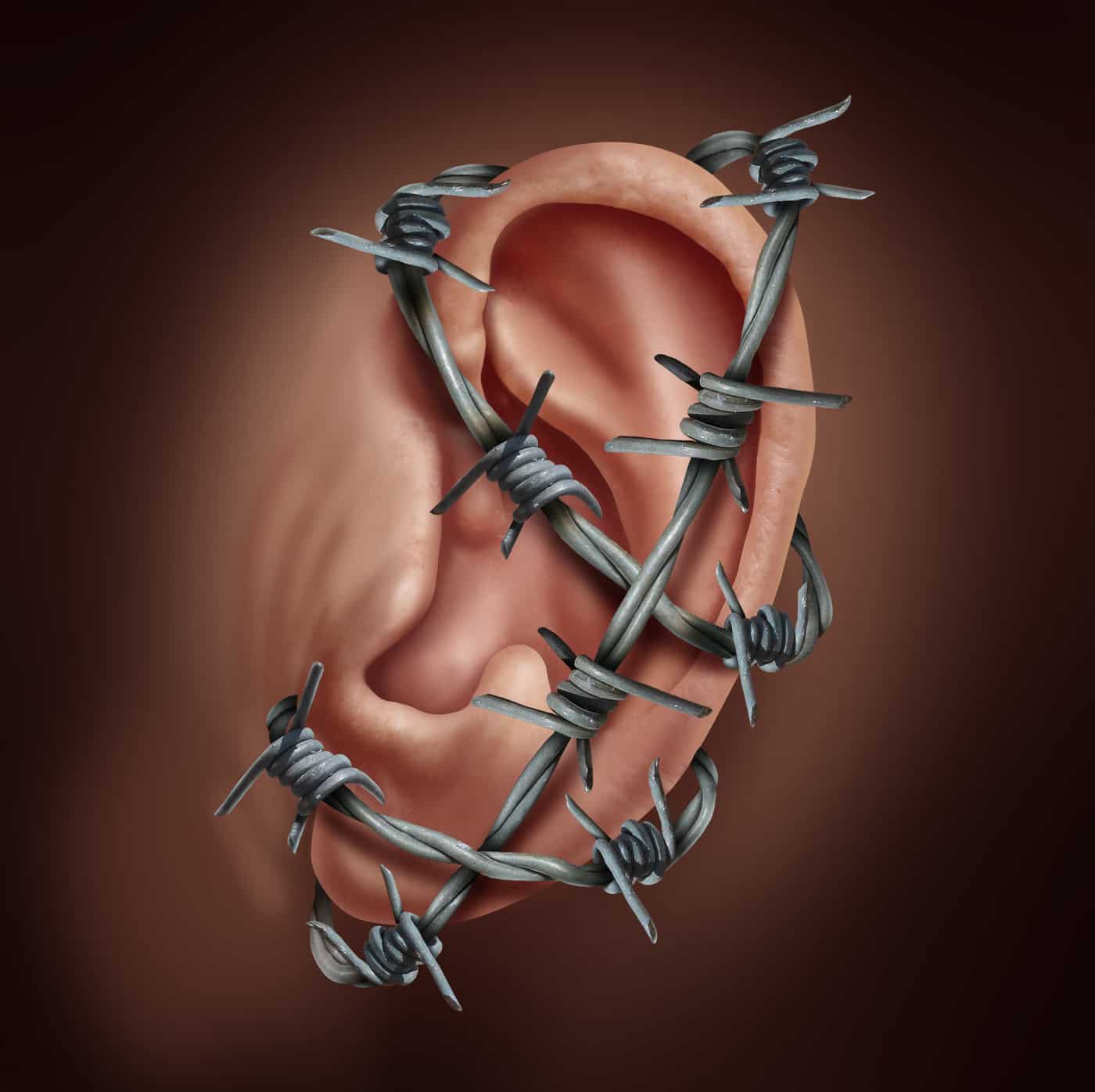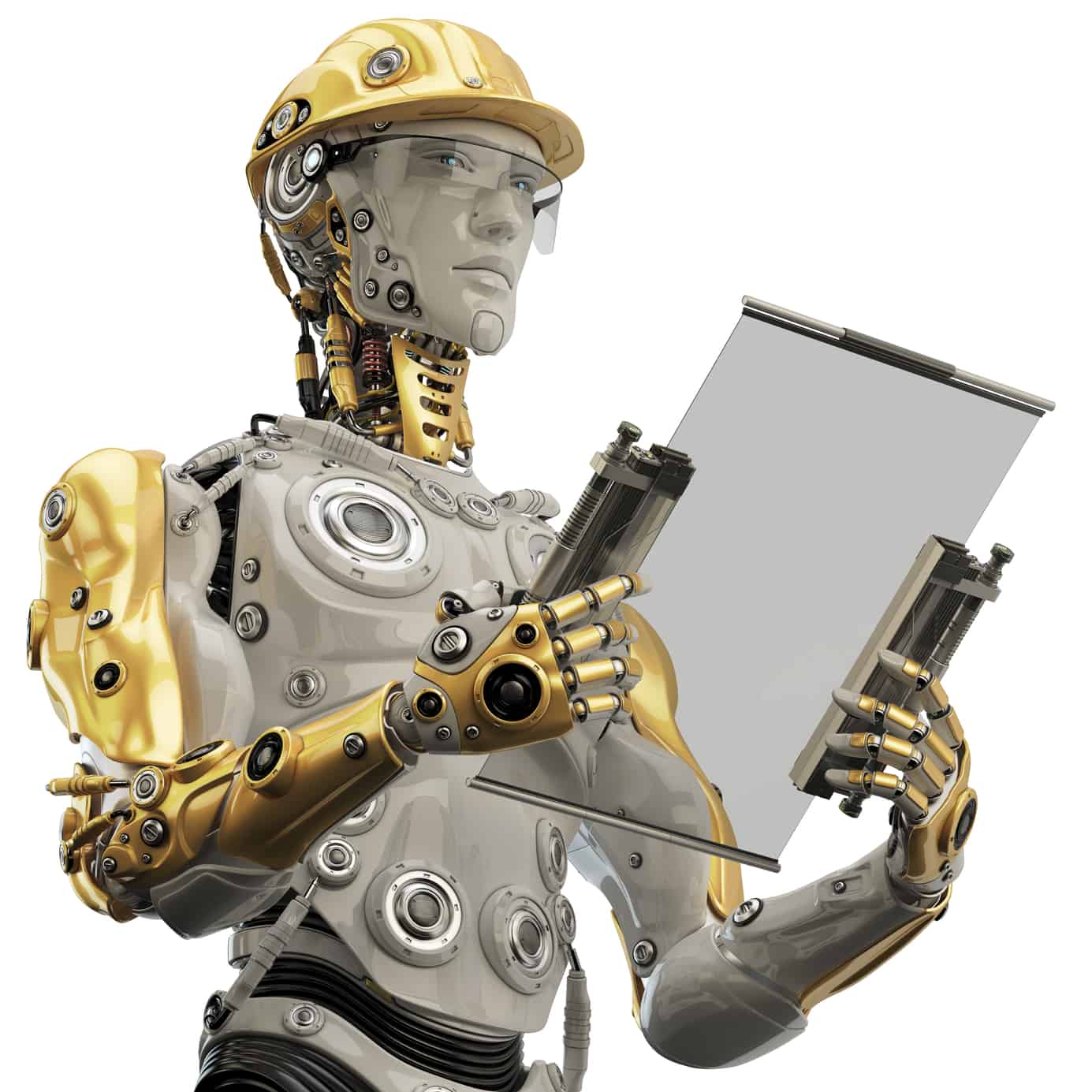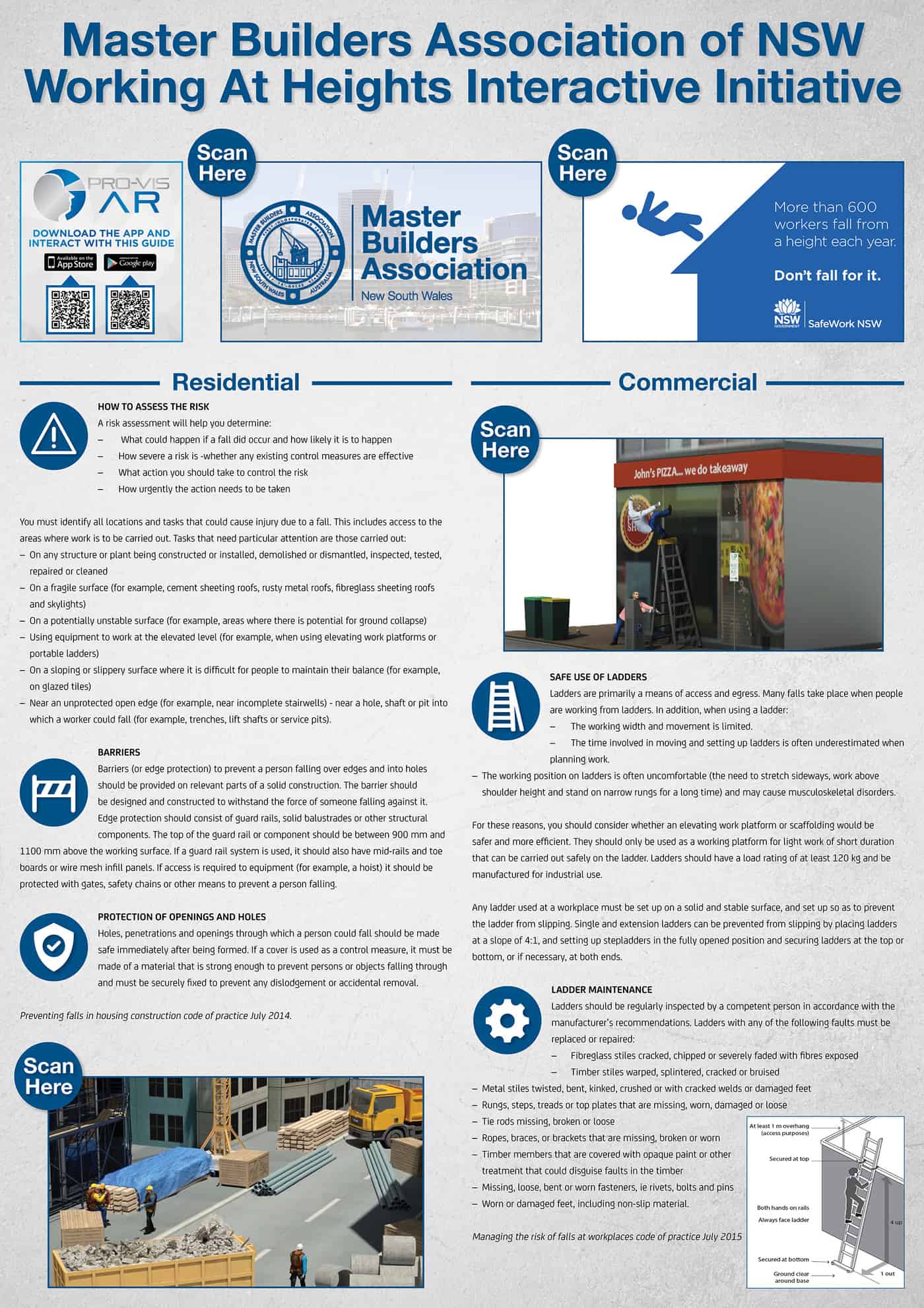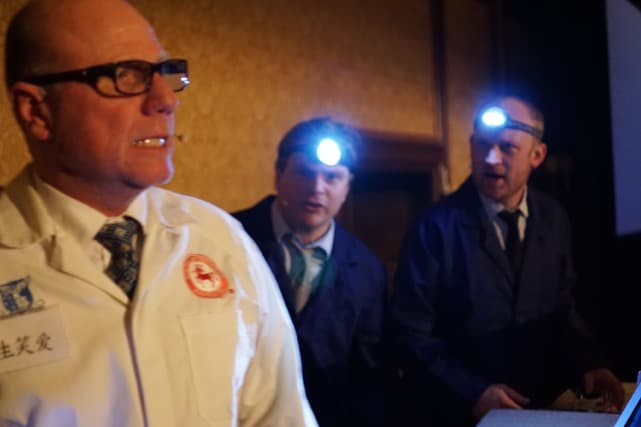I have tinnitus. There I have outed myself along with 18% of men and 14% of women, according to a research report* from Hearing Research journal published recently. For those unfamiliar with tinnitus it is a persistent buzzing or ringing in one’s ears usually caused by exposure to loud noise. It is relevant to occupational health and safety (OHS) in a number of ways:
- It needs to be considered in issues of communication
- Tinnitus can be distracting
- Tinnitus may be a symptom of poor noise management practices at work.
 The research study conducted by David Moore and others was focusing on “lifetime leisure music exposure” so workplace noise is mentioned in the report only in passing.
The research study conducted by David Moore and others was focusing on “lifetime leisure music exposure” so workplace noise is mentioned in the report only in passing.
It is common that unless a worker is deaf or seen signing, the default assumption is that everyone’s hearing is undamaged. The research data above shows that the assumption is false.


 On February 2016, the
On February 2016, the  Most professionals, including occupational health and safety (OHS) professionals, support the use of stories or narratives or case studies to explain complex scenarios and situations. Recently, at the
Most professionals, including occupational health and safety (OHS) professionals, support the use of stories or narratives or case studies to explain complex scenarios and situations. Recently, at the